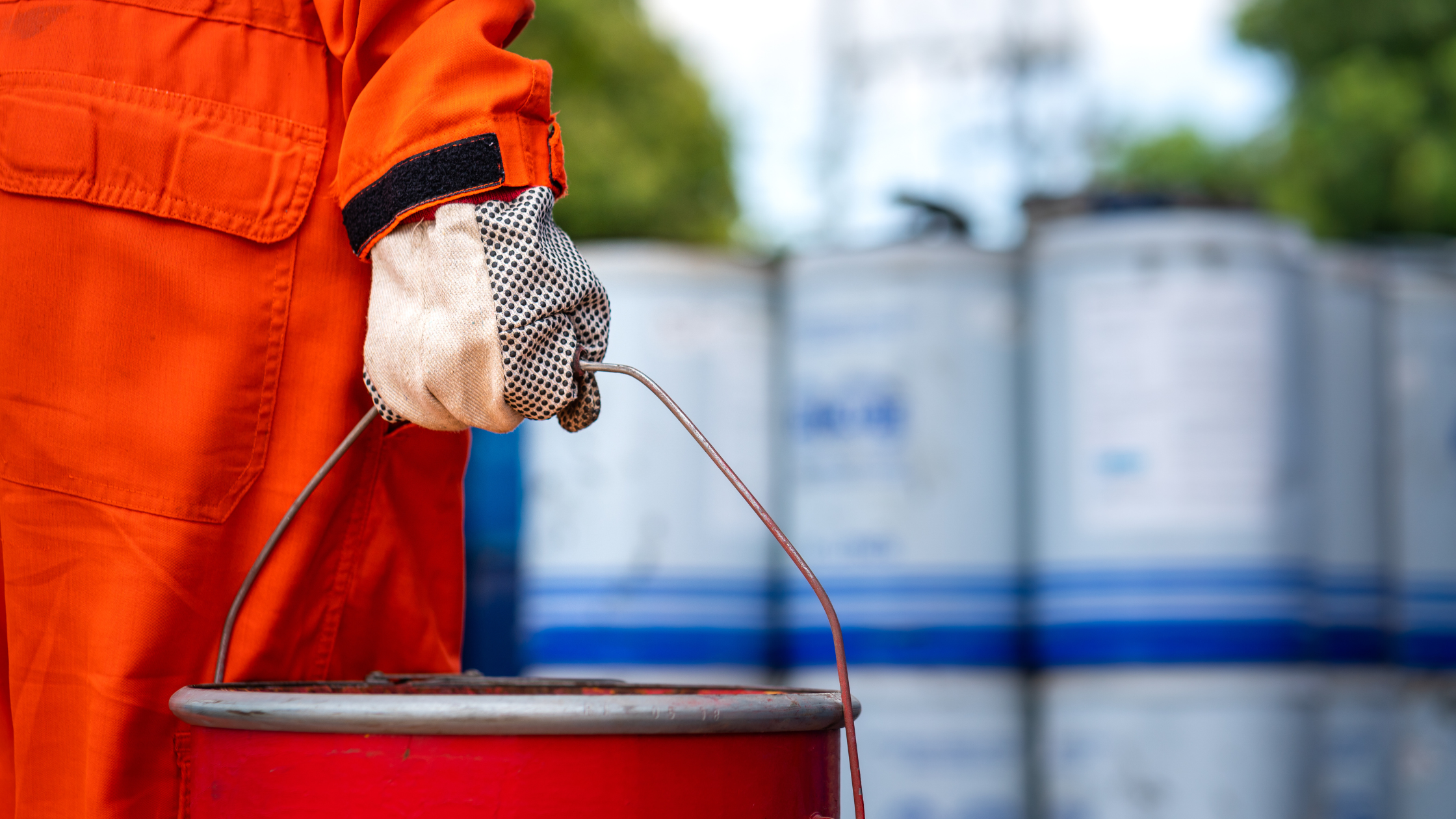A Spill Prevention, Control, and Countermeasure (SPCC) plan is a document that outlines the procedures and practices that a facility will use to prevent, control, and contain spills of oil and hazardous substances.
SPCC plans are required by the U.S. Environmental Protection Agency (EPA) for facilities that store or handle oil or hazardous substances above certain thresholds. Therefore, it’s crucial to have an effective SPCC plan template in place if you work with hazardous substances. Here’s what you should be thinking about.
What Your SPCC Plan Template Should Include
The specific elements that are included in an SPCC plan template will vary depending on the size and complexity of the facility. However, an effective SPCC plan template should include the following elements:
- An inventory of oil and hazardous substances: The plan should identify all the oil and hazardous substances that are stored or handled at the facility, as well as the quantity of each substance. This information will help the facility assess the risks associated with spills and to develop appropriate prevention and control measures.
- A description of the facility’s spill prevention and control measures: The plan should describe the procedures and practices that the facility will use to prevent spills, as well as the procedures and practices that will be used to control and contain spills that do occur. These measures should be designed to reduce the likelihood and severity of spills, and they should be tailored to the specific risks associated with the facility’s operations.
- A description of the facility’s contingency plan: The plan should describe the procedures and practices that will be used to respond to spills, including the evacuation of personnel and the cleanup of the spill. The contingency plan should be developed in consultation with local emergency response agencies, and it should be regularly tested to ensure that it is effective.
- A maintenance and training program: The plan should include a program for maintaining the facility’s spill prevention and control equipment, as well as a program for training personnel on the procedures and practices outlined in the plan. This will help to ensure that the equipment is in good working order and that personnel are properly trained to prevent and respond to spills.
Factors for Consideration
When designing an effective SPCC plan template, it is important to consider the following factors:
- The size and complexity of the facility: The size and complexity of the facility will determine the scope of the SPCC plan. For example, a small facility with a few oil storage tanks will require a less comprehensive plan than a large facility with a complex oil and hazardous substances handling system.
- The nature of the oil and hazardous substances that are stored or handled: The nature of the oil and hazardous substances that are stored or handled will also affect the scope of the SPCC plan. For example, a facility that stores flammable liquids will need to have a more comprehensive plan than a facility that stores non-flammable liquids.
- The location of the facility: The location of the facility will also affect the scope of the SPCC plan. For example, a facility that is in a floodplain will need to have a more comprehensive plan than a facility that is located on high ground.
By considering these factors, you can design an effective SPCC plan template that will help to protect your facility from spills of oil and hazardous substances.
